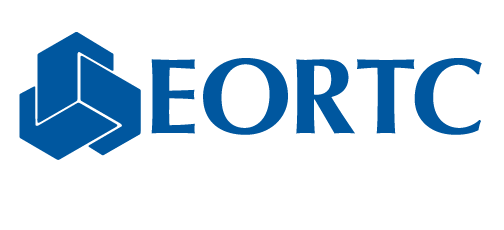EORTC celebrates the 100th anniversary of p-value on World Statistics Day
20 Oct 2025
Brussels, Belgium – Biostatistics is a relatively young science that recently gained public attention during the COVID pandemic. Biostatisticians used models to track the spread of the disease and to successfully predict the impact of preventive measures.
Among the most publicly visible measures in statistics is the p-value. It was exactly 100 years ago, in his 1925 handbook, that R.A. Fisher described using a 5% p-value to separate an observed effect considered real from one due to chance. He could not have predicted that this threshold would become the cornerstone of statistical significance, setting an almost religious rule that decides what is considered ‘scientific proof’ 1.
However, statisticians are aware that the importance of p-values to convey meaningful information is often overrated. Numerous initiatives have been launched to address this issue, with varying degrees of success. One of the most significant efforts was undertaken by the American Statistical Association, which issued a comprehensive statement aimed at clarifying the proper use and understanding of p-values 2.
Following a workshop on 30 September where expert statisticians identified the underlying issues and propose solutions, we will host a hybrid meeting (in-person and online) on 9 December 2025 with the EORTC community to delve into topics such as p-values, uncertainty, and data interpretation. We hope this will culminate into an agreement on new guidelines for a more nuanced understanding of what we consider ‘scientific proof’ at EORTC.
References
- Fisher, R.A. (1925) Statistical Methods for Research Workers. Oliver and Boyd, Edinburgh, Scotland.
- American Statistical Association releases statement on statistical significance and p-values. https://www.amstat.org/asa/files/pdfs/p-valuestatement.pdf
About EORTC
The European Organisation for Research and Treatment of Cancer (EORTC) is a non-governmental, non-profit organisation, which unites clinical cancer research experts, throughout Europe, to define better treatments for cancer patients to prolong survival and improve quality of life. Spanning from translational to large, prospective, multi-centre, phase III clinical trials that evaluate new therapies and treatment strategies as well as patient quality of life, its activities are coordinated from EORTC Headquarters, a unique international clinical research infrastructure, based in Brussels, Belgium.
Related News
EORTC Quality of Life Group participating at the ISOQOL 2025 Conference
22 Oct 2025
New results and forthcoming trials presented at ESMO 2025 underline EORTC’s commitment to patient-centred research
21 Oct 2025
EORTC Announces Final Overall Survival Results from the PEACE-3 Trial
19 Oct 2025
Results from EORTC trial define new standard of care for aggressive brain tumours
18 Oct 2025
EORTC’s presence at ESMO 2025
17 Oct 2025
EORTC’s presence at EANO 2025
16 Oct 2025
EORTC celebrates Pink October: shaping the future of breast cancer care
15 Oct 2025
EORTC shines a light on advancements in radioligand therapy
8 Oct 2025
Treatment optimisation: making cancer treatment accessible and sustainable in Europe
24 Sep 2025
EORTC celebrates World Radiotherapy Awareness Day (WRAD) through innovation and collaboration in clinical cancer trials
3 Sep 2025


